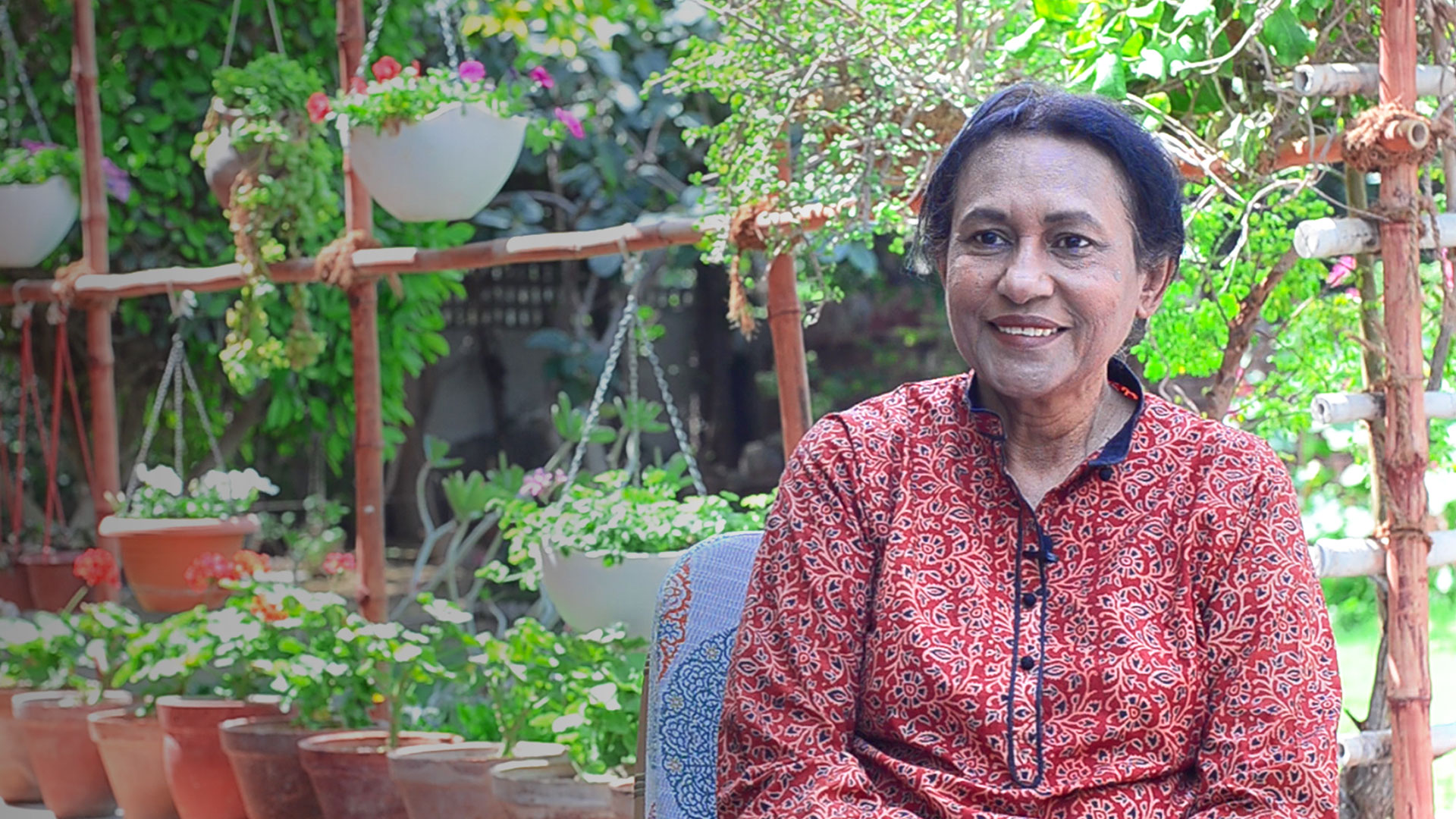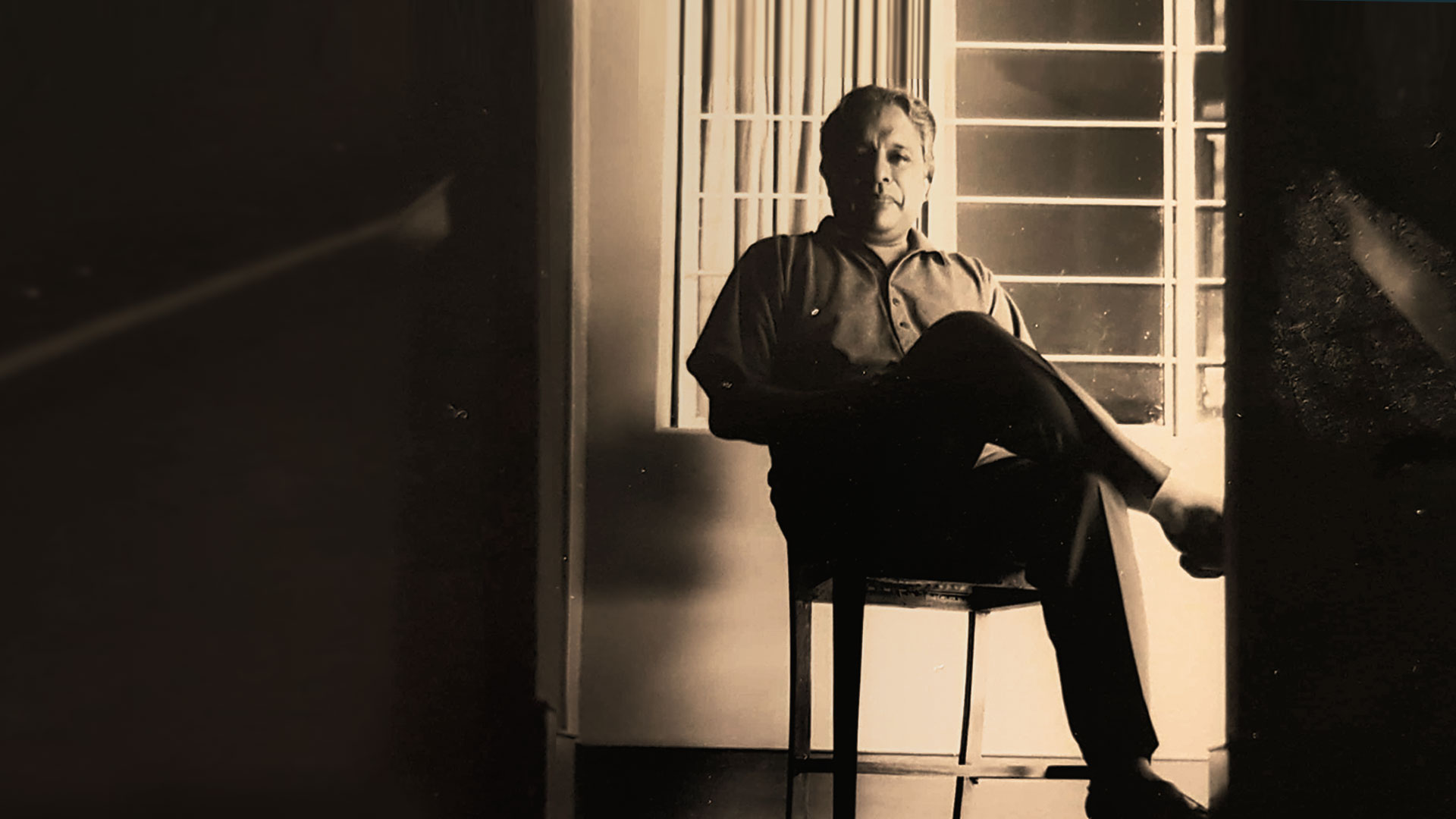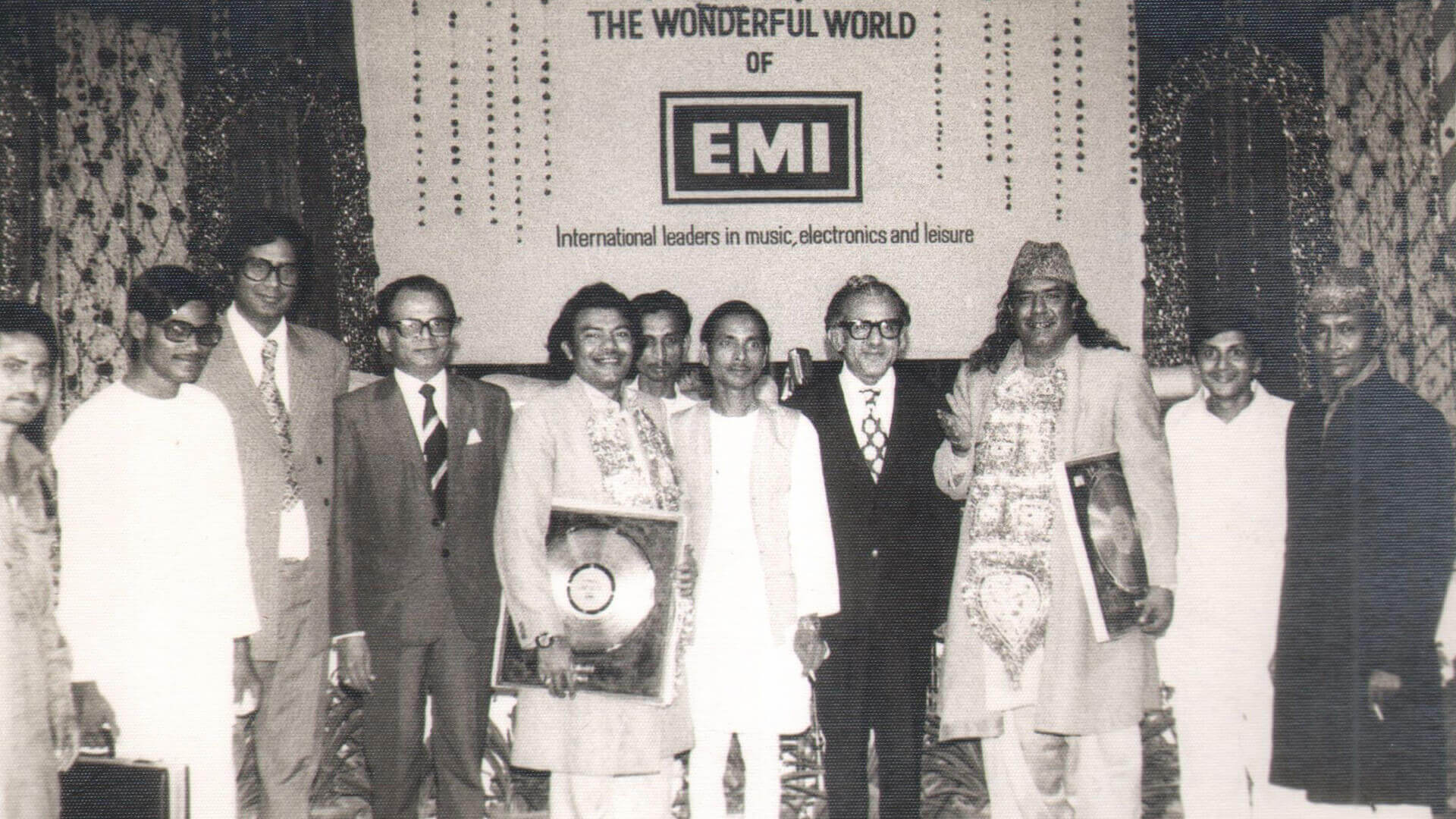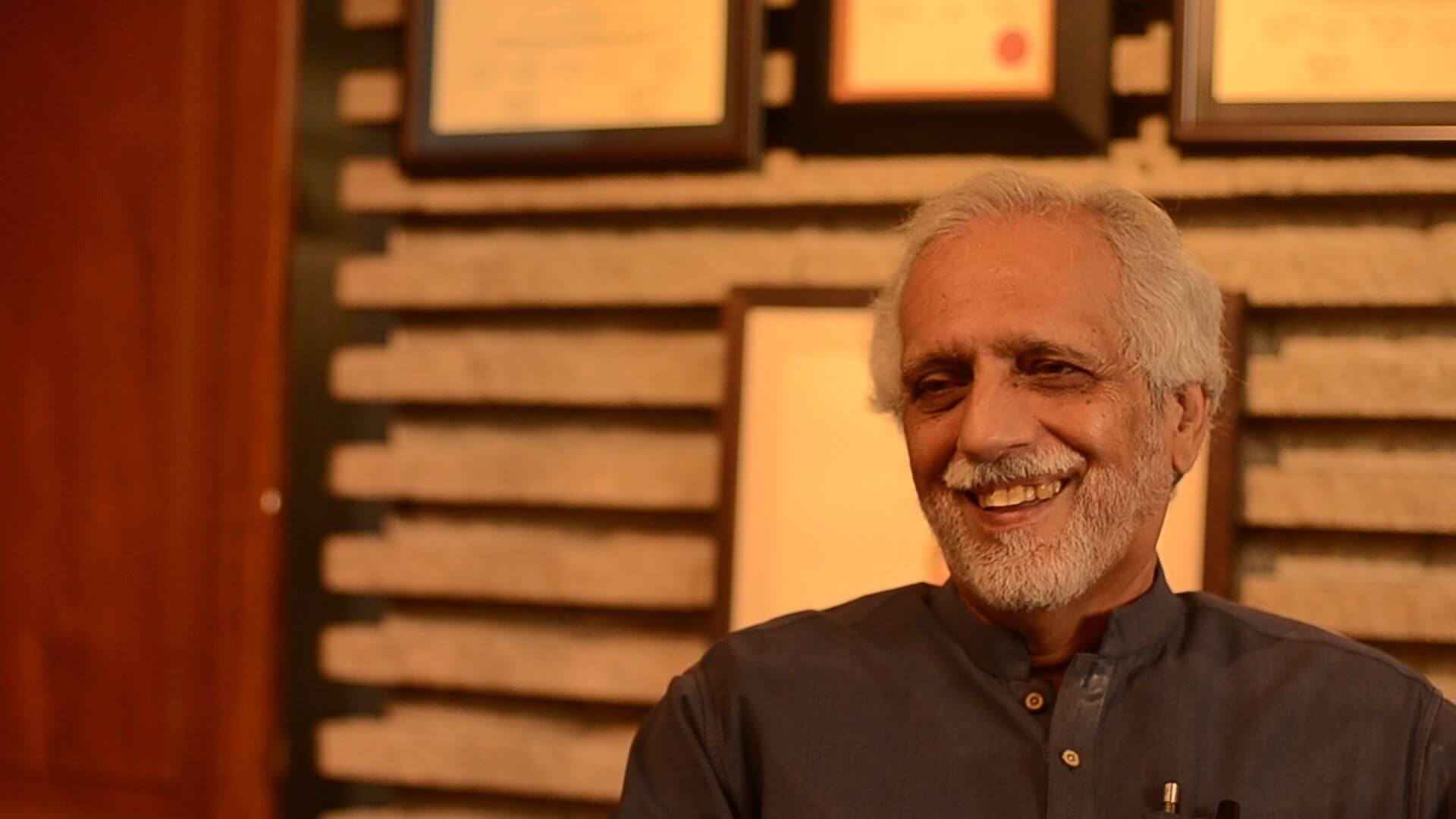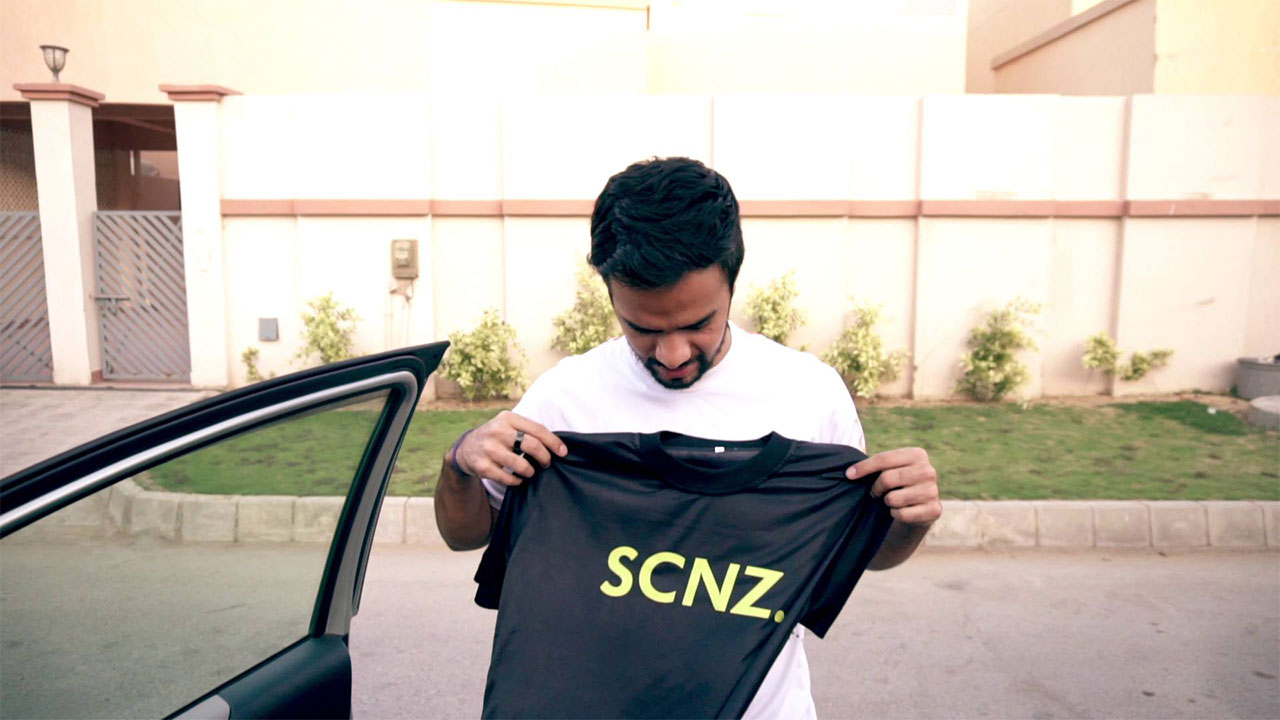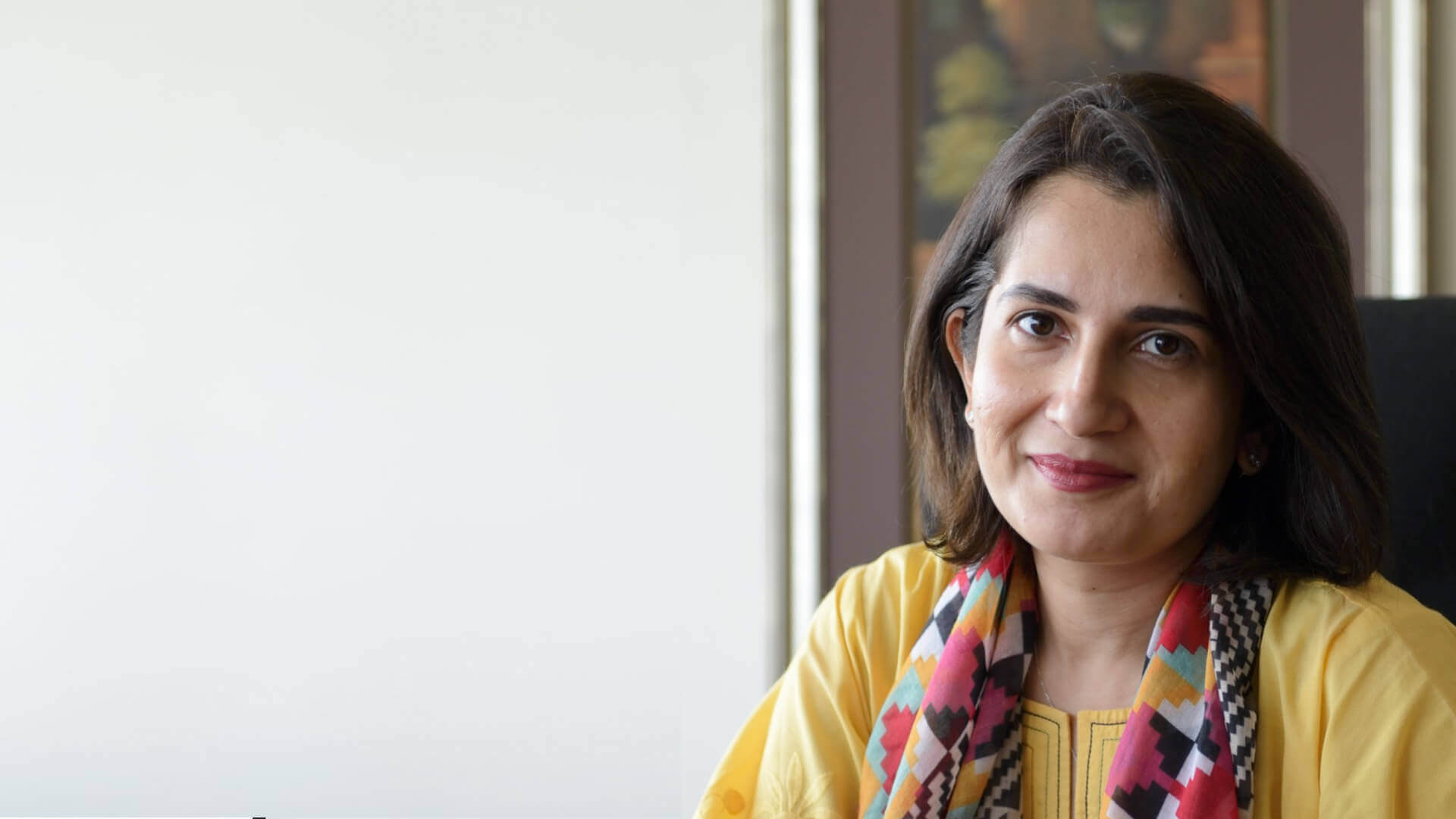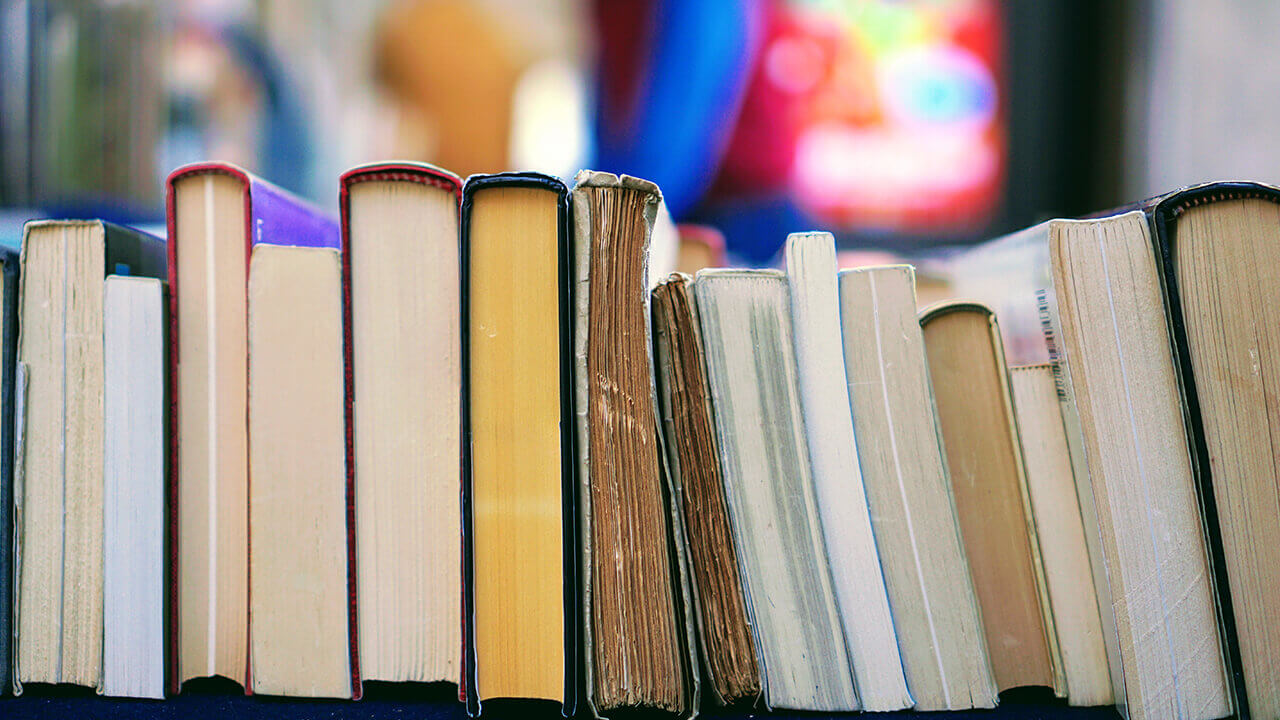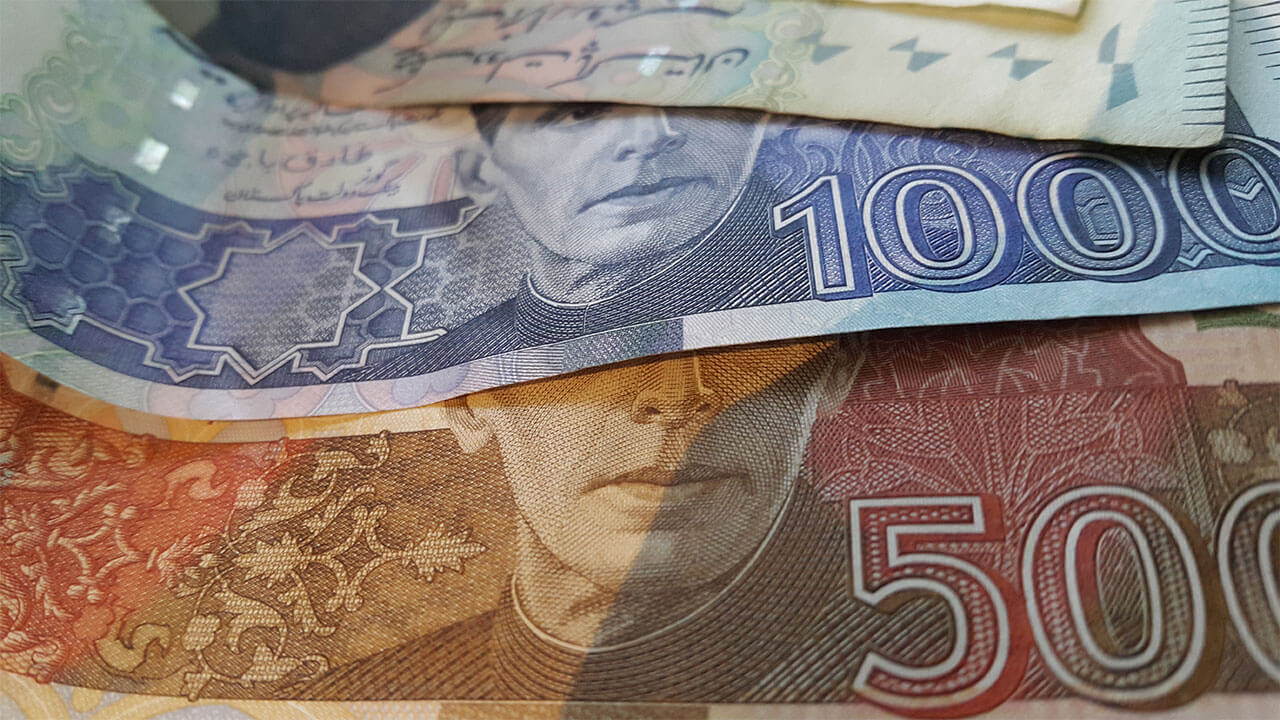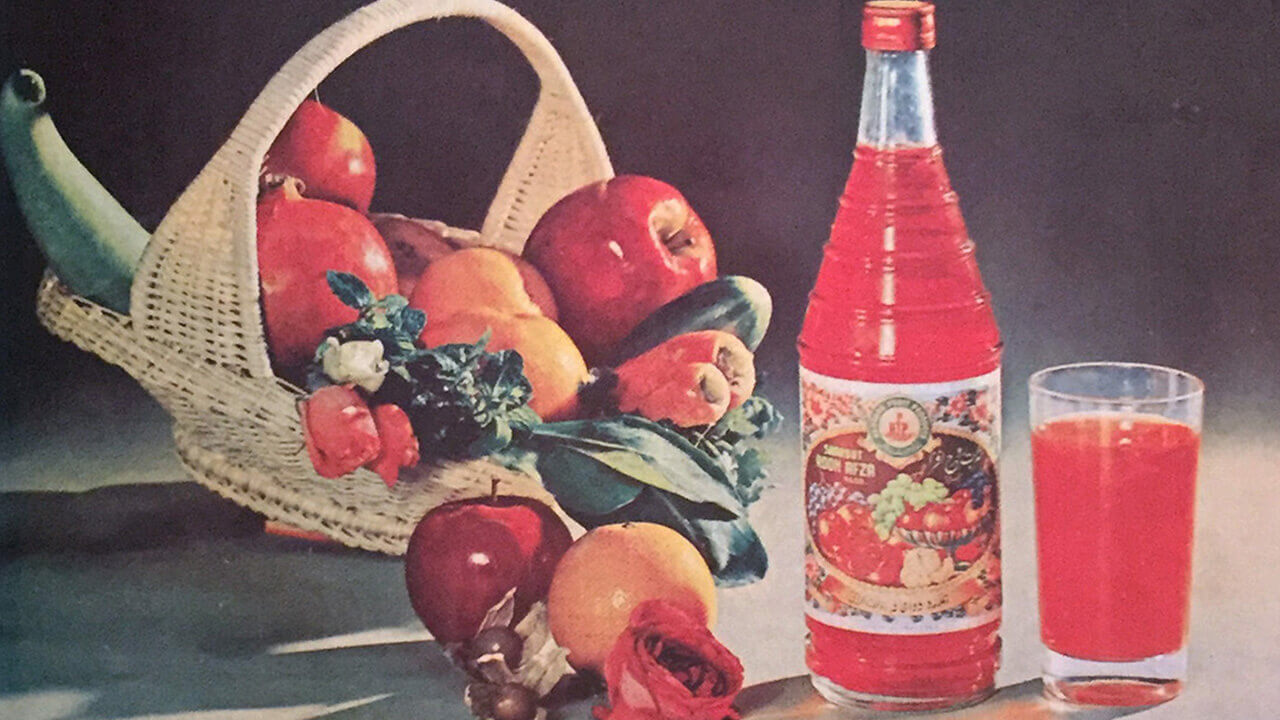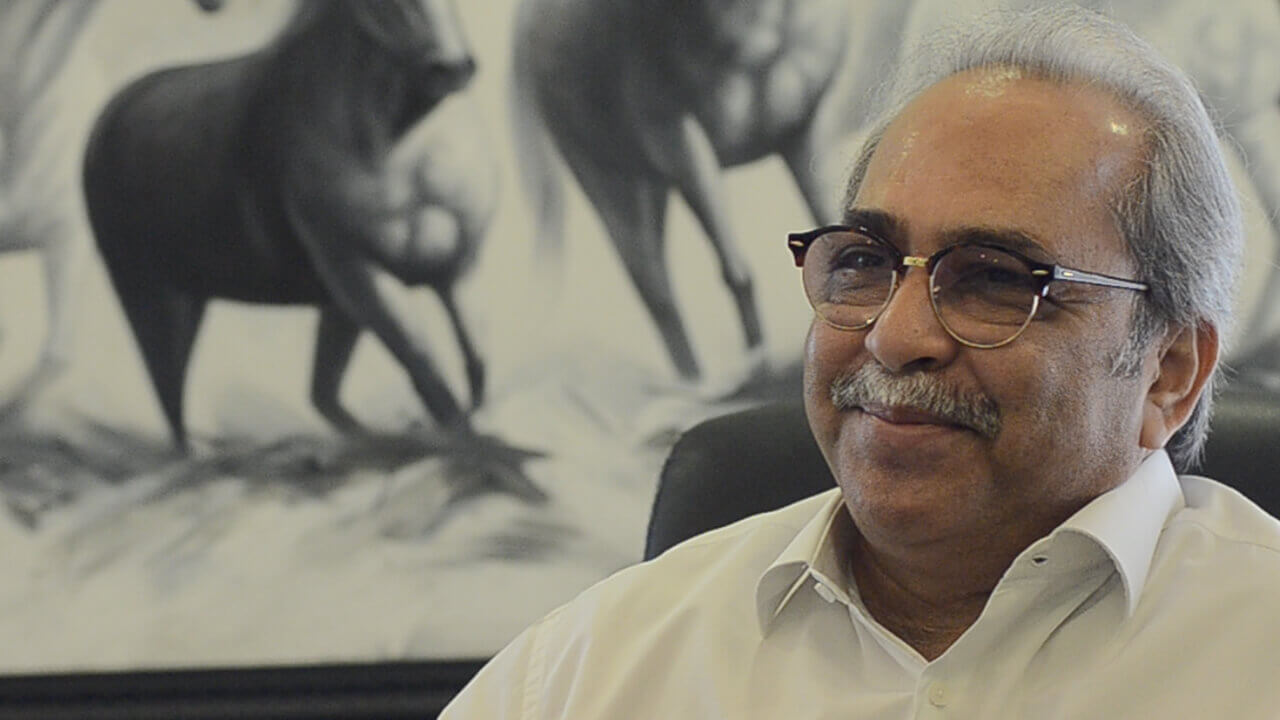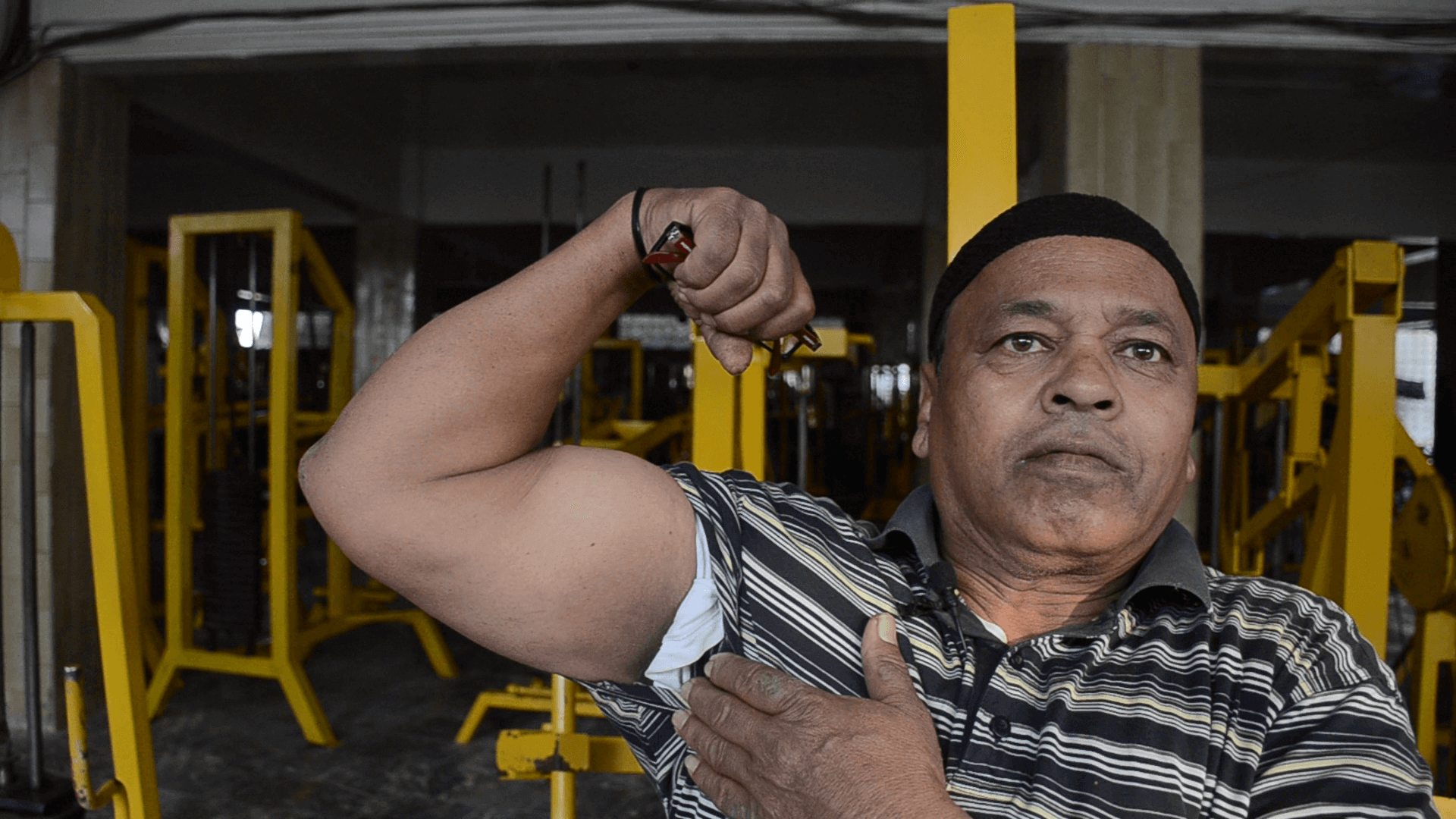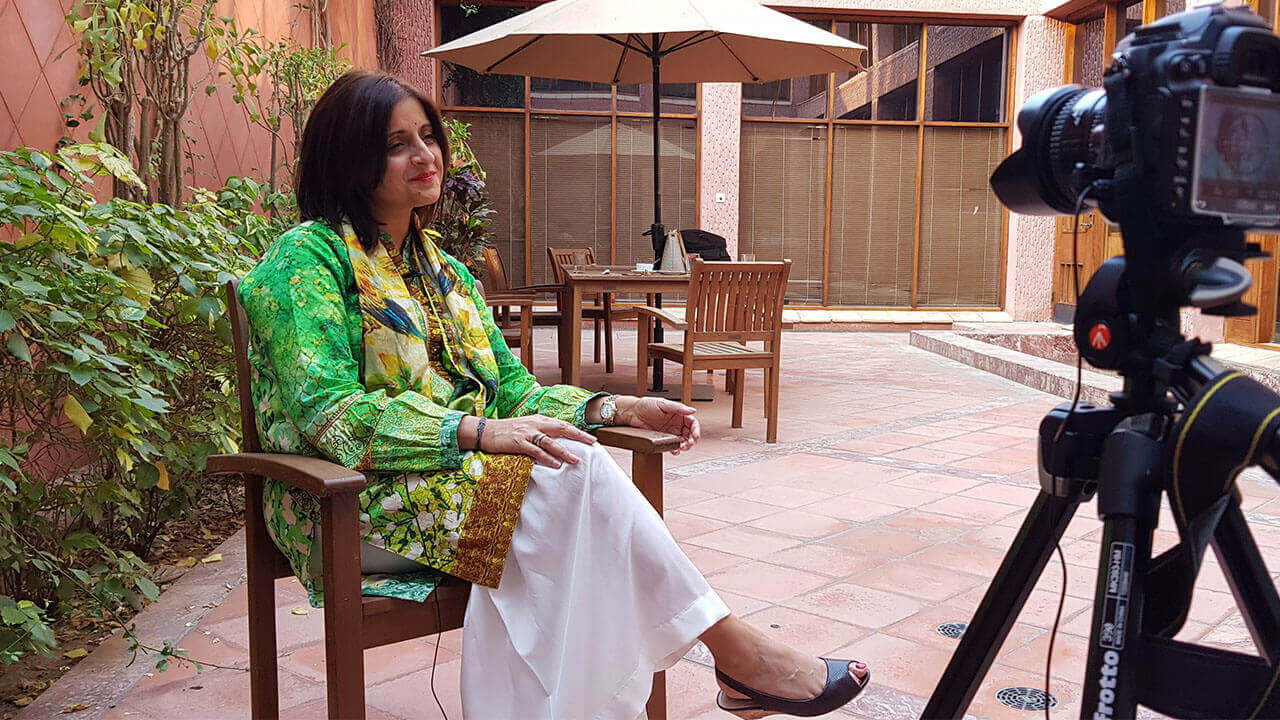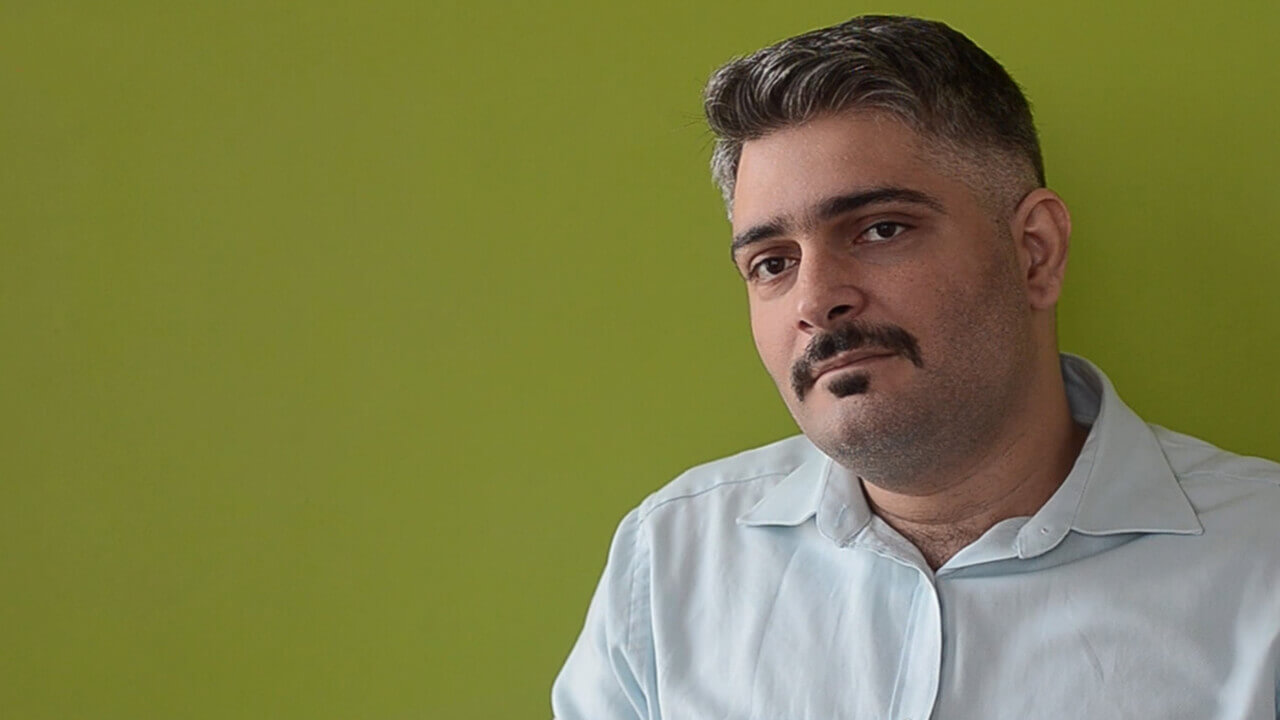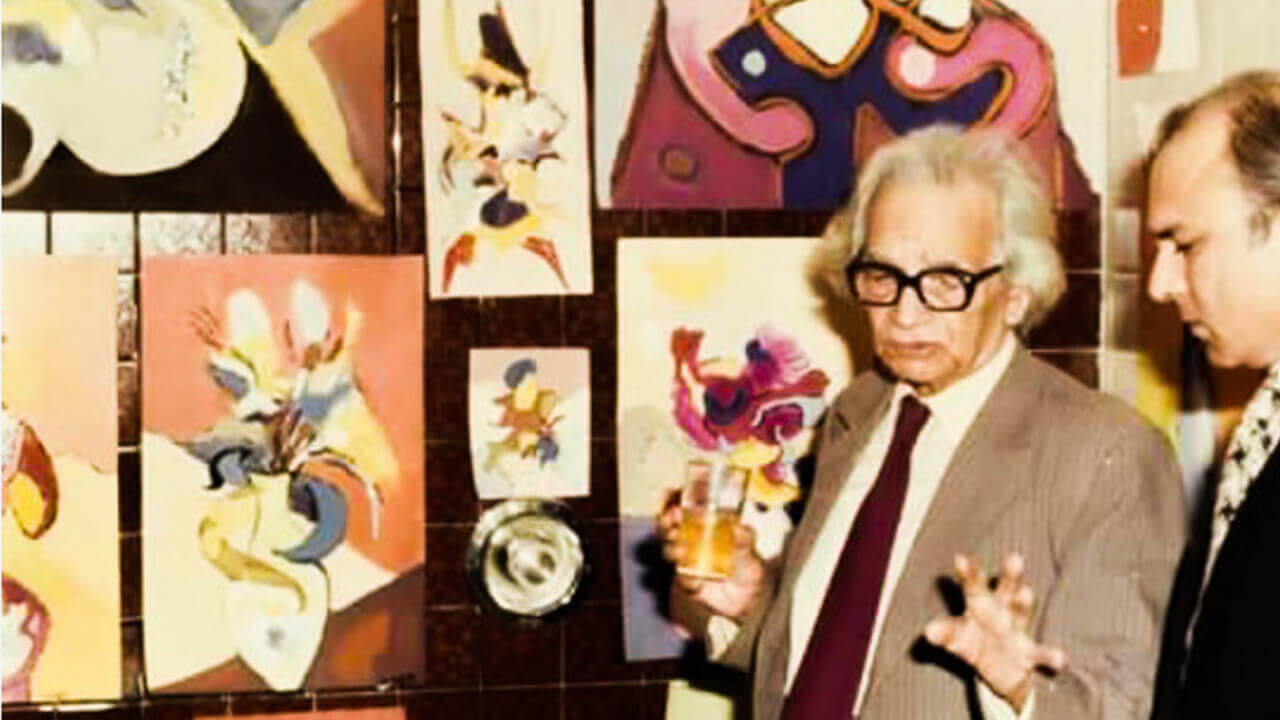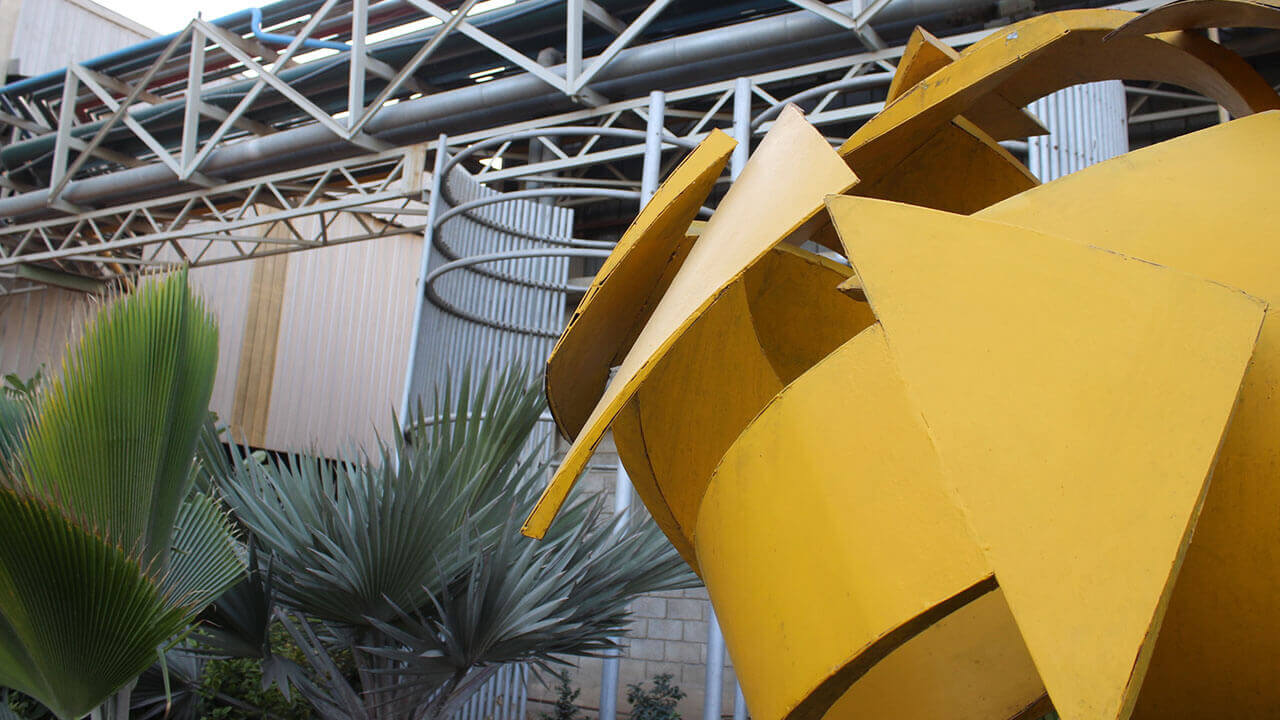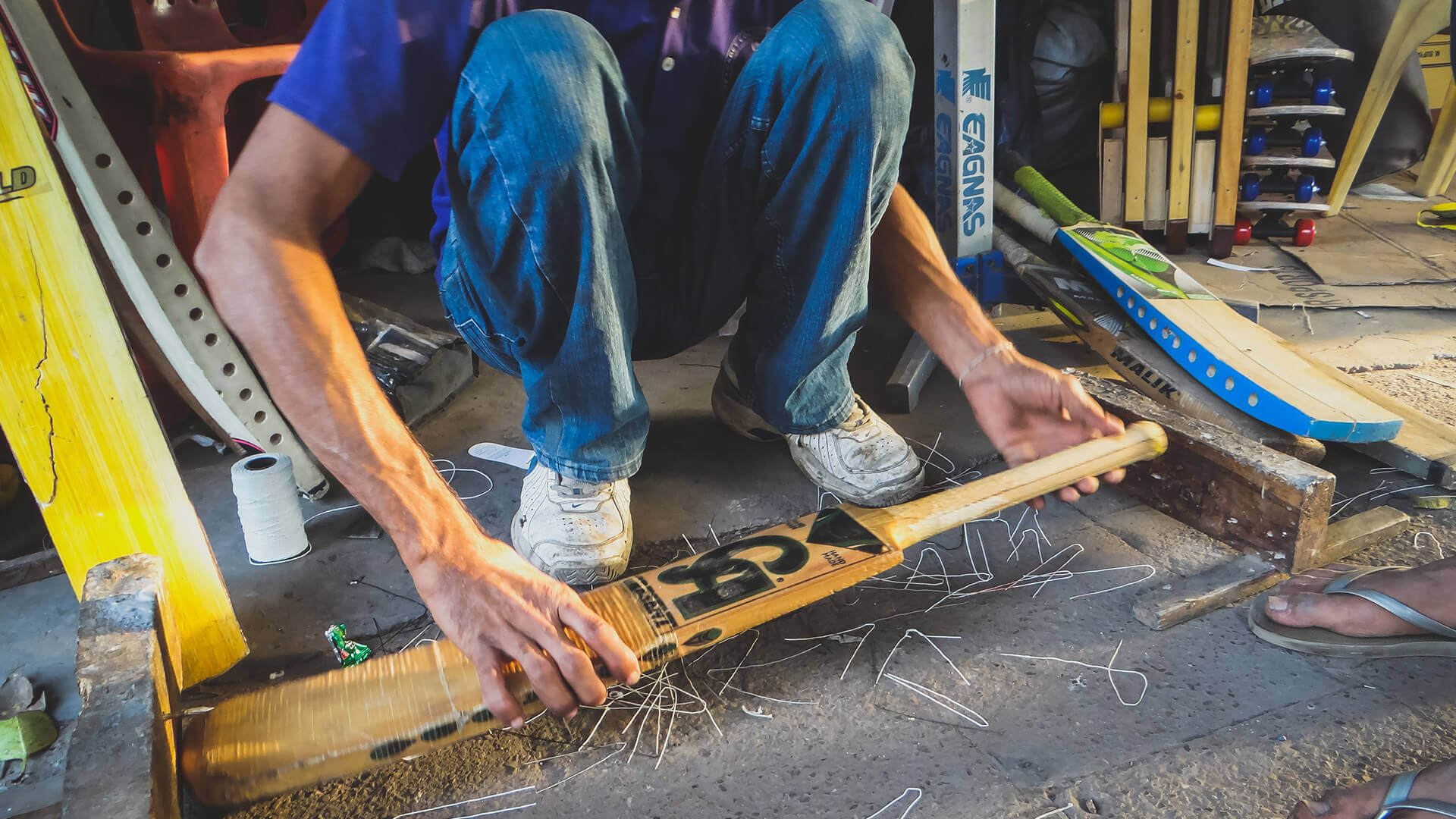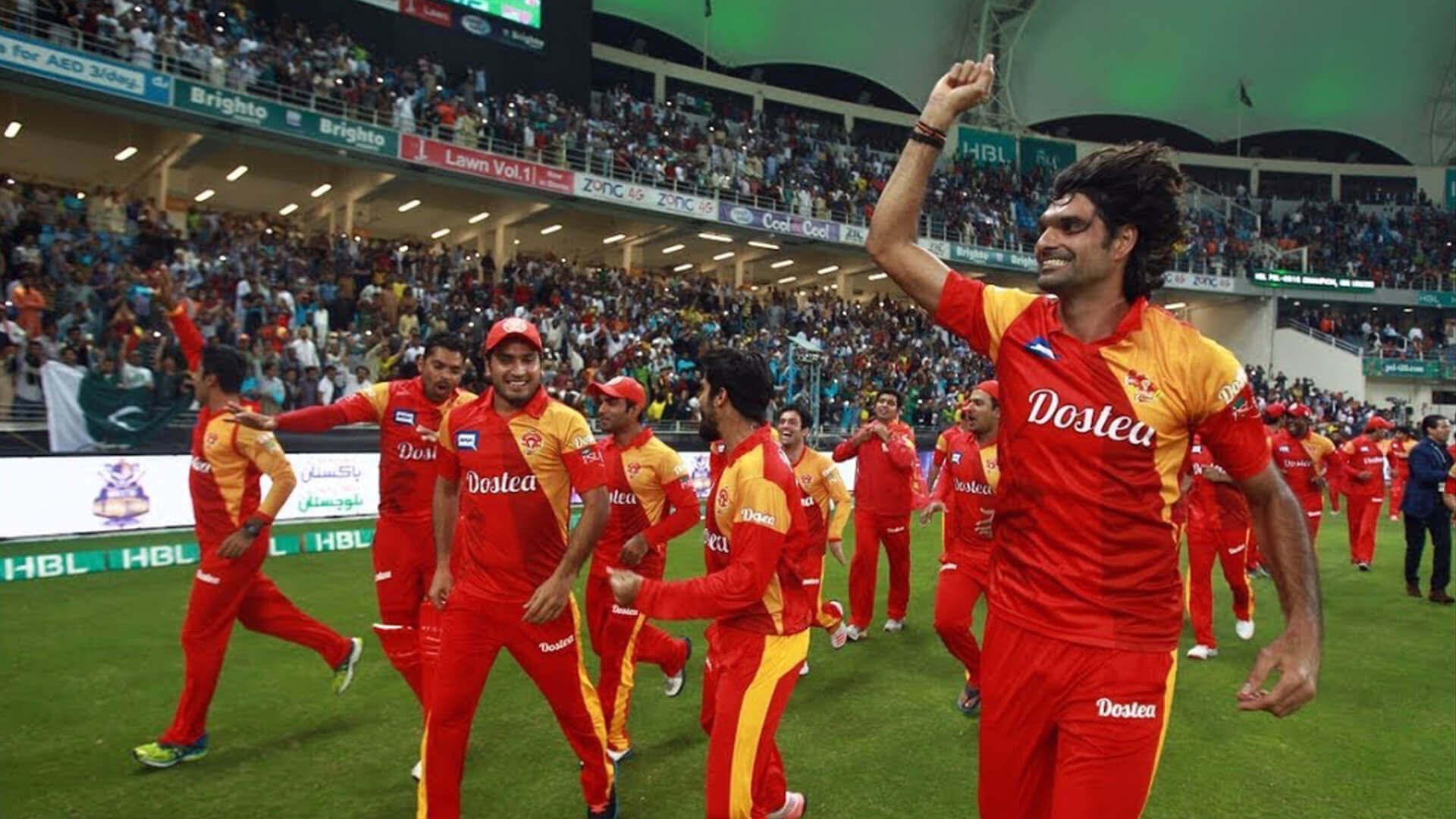What do Karachi’s Urdu Bazaar and the iconic Ram Leela have in common?
Published on: June 21, 2018
Karachi’s Urdu bazaar is special not only because it’s among the largest book markets in the region, but also because of its historically rich past. The area where Urdu bazaar now stands was known as Rambagh quarters before the Partition of India.
Located on M.A Jinnah Road, the architecture of the bazaar still tells the story of its diverse past, when its residents were predominantly Hindus and Sikhs. On the delicately crafted grilles of the pre-Partition buildings, there are places where you can still see carvings of Mahatma Gandhi. In fact, it is also sacred for some as according to one tradition, Ram Leela passed by this area on their way to Hinglaj in Balochistan, a site of pilgrimage for Hindus.
There are varying accounts of when Urdu bazaar was first established. While some accounts suggest it was made in the 1950s, others say that it was made right after the Partition and was established along the same lines as the Urdu Bazaar in Delhi.
Since decades now, the Urdu bazaar remains the most popular go-to-market for books, especially for school textbooks and classics translated from foreign languages to Urdu. VCast Online launched
Watch our video on one of Pakistan’s most famous bazaars and discover its rich historical past. Subscribe to our Youtube page for stories on Pakistan’s business and economy.
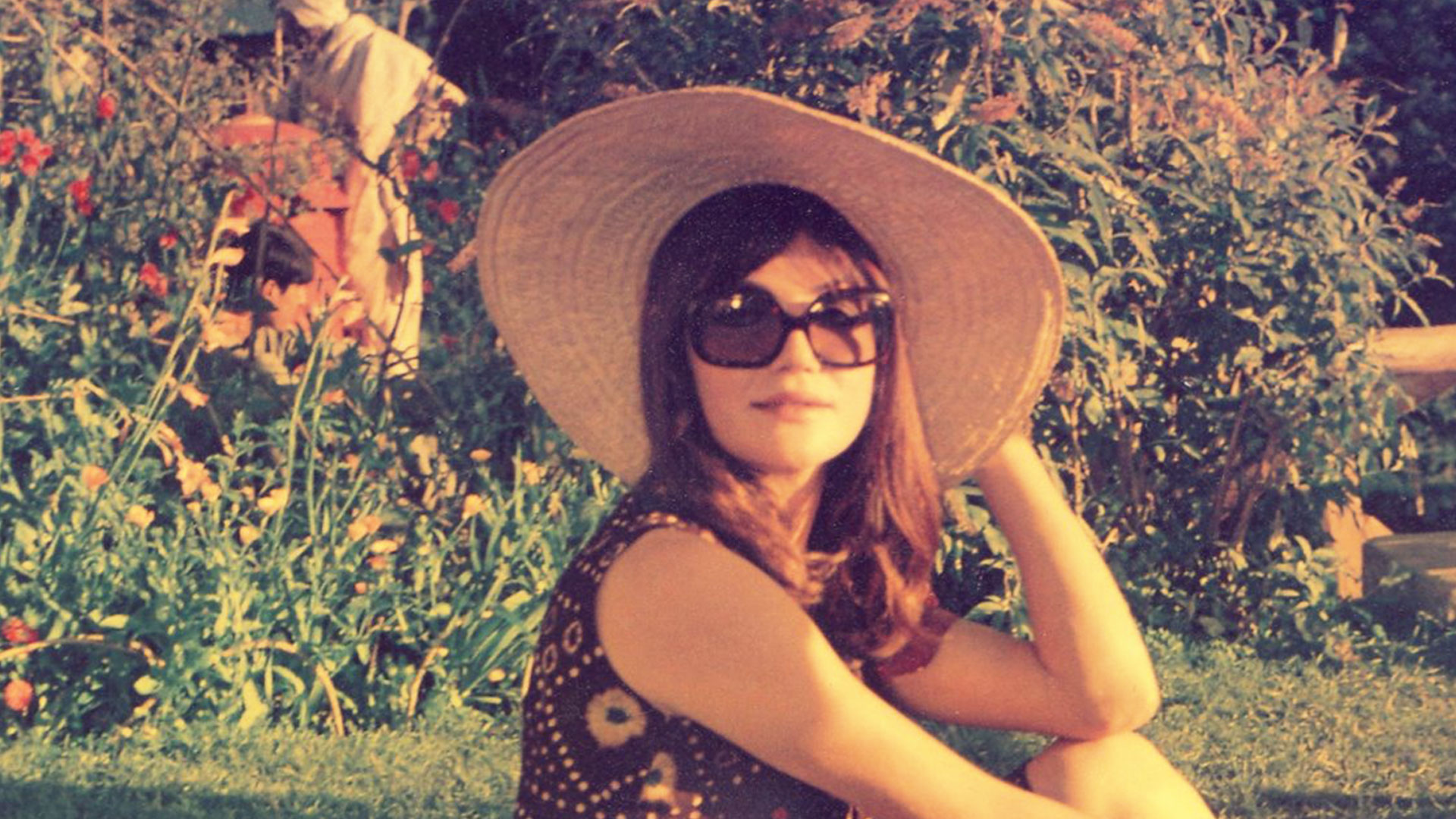 The story of Café Flo
The story of Café Flo
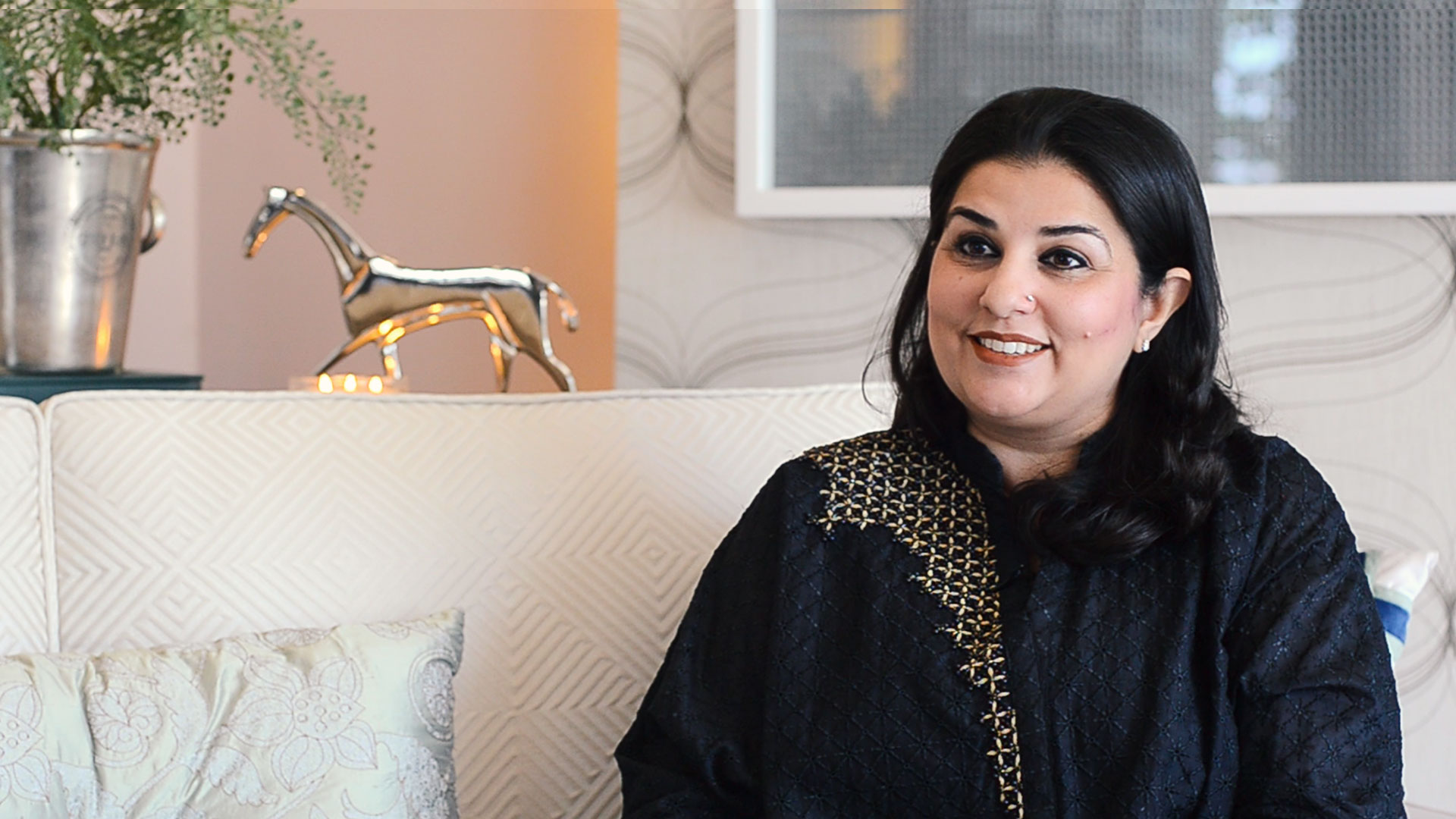 “A business with a soul”: The success story of Lush Crush ice-pops
“A business with a soul”: The success story of Lush Crush ice-pops
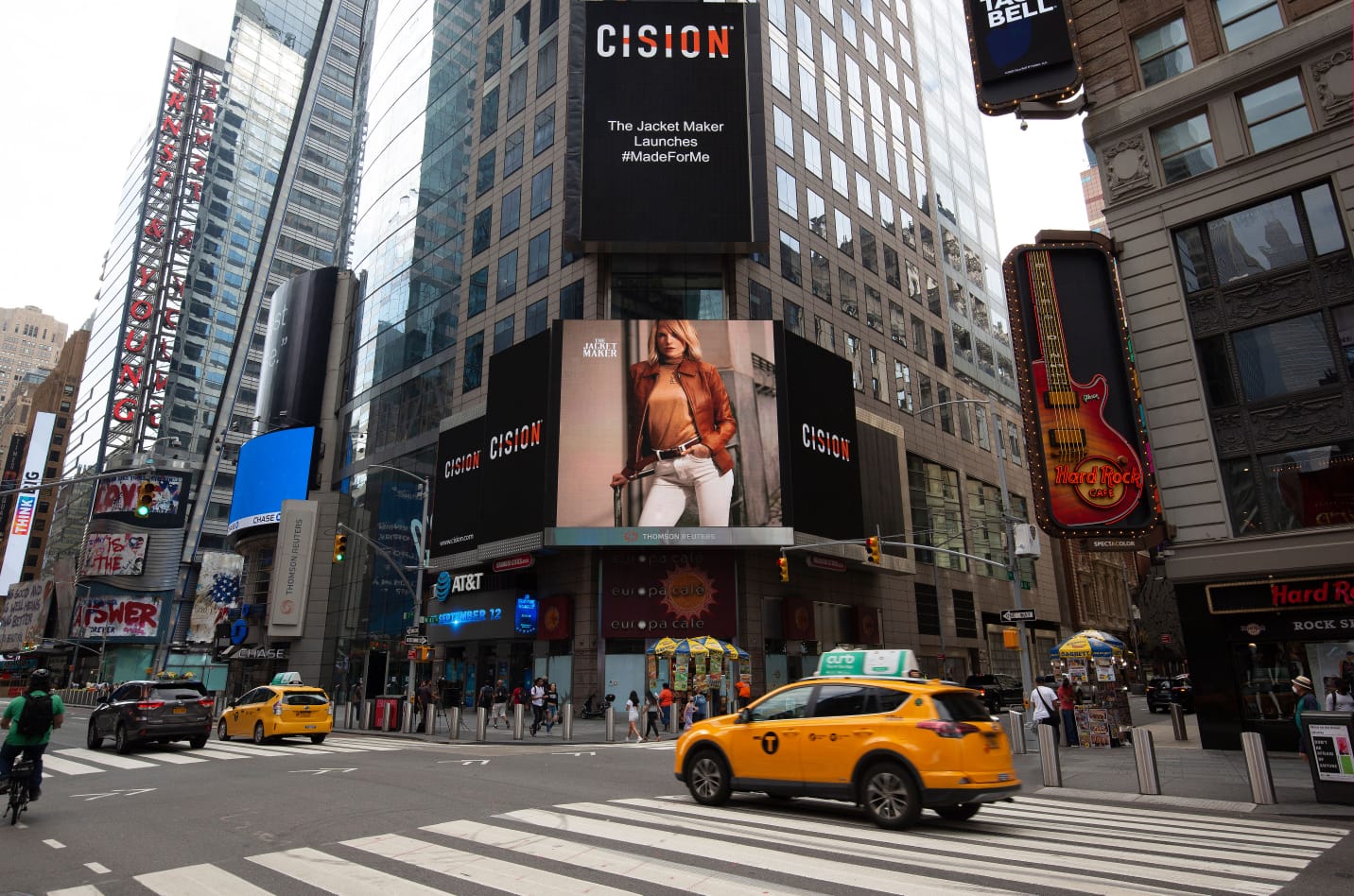 To Create a World-Class Apparel Brand from Pakistan
To Create a World-Class Apparel Brand from Pakistan
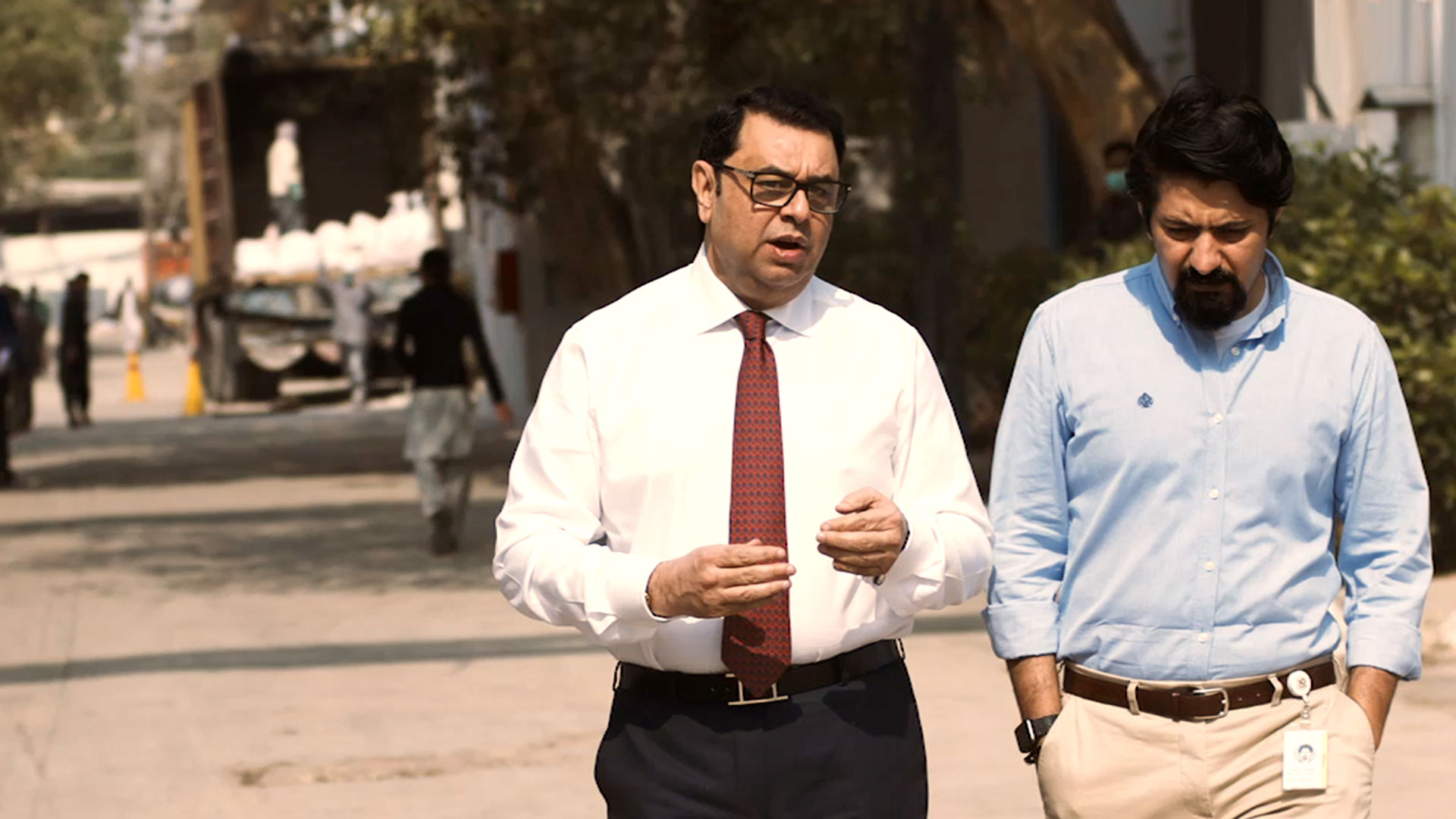 Alkaram: Transforming an owner-driven business into a professional organisation
Alkaram: Transforming an owner-driven business into a professional organisation


